The prospect of broadcast 3D TV may still seem like science fiction but not only is it technically possible, it could happen sooner and on a far greater scale than expected.
The technology to produce, transmit and view three-dimensional programming in the home just requires fine-tuning. All 3D TV needs to move into the mass market, argue some observers, is for producers to start creating stereoscopic content.
Stereo 3D has been flirting around the edges of the feature film industry for decades but recently begun to take off as a serious commercial proposition. Walt Disney concert film Hannah Montana underscored the box office viability of 3D movies by raking in $31m on its opening weekend in less than 1,000 cinemas, smashing the previous record set by Titanic.
The mounting interest in 3D applications has prompted some post-producers to upgrade to stereo-capable kit. Concrete, in conjunction with camera hire firm Axis Films, claimed first mover status among UK facilities but they've since been joined by Pablo Post and Motion FX in opening Quantel-based 3D production suites.
“Anyone who is doing anything remotely high end is starting to get requests for stereo,” says Quantel worldwide marketing manager Mark Horton. “There's a race [among three UK companies] to produce the UK's first 3D feature and post houses are starting to get enquiries from US studios about posting 3D features in London.”
With 3D production specialist Inition and communications agency Can Communicate, Axis formed The 3D Firm to produce stereo projects from concept to screen. In March this year it produced a live 3D broadcast of a Six Nations rugby match in conjunction with BBC Resources, and has also created a four-minute promotional film for Reebok featuring boxer Amir Khan. It has several events with the BBC and other broadcasters lined up this year.
“The rise of stereo is not dissimilar to the evolution of HD,” notes Can director of communications David Wooster. “In the beginning there's an element of test and experiment before delivery to a mass audience. Sport and music content are ideal for public viewing since they tap into our desire for shared experience. The next step is to expand 3D techniques into outside broadcasting.”
Stereoscopic imaging essentially mirrors what happens to our eyes. Although the process needs to be pinpoint accurate, at its simplest, it requires aligning two cameras side by side or on top of each other separated by a mirror, and recording the two feeds (one per eye) before recombining them for viewing through special glasses.
“The biggest problem with OB recording is minimising the size of the camera rig so it doesn't obscure the spectators' view,” says Wooster. “Another problem is increasing the number of cameras, particularly at pitchside, to provide new angles and focal lengths.”
Since multi-camera 3D shoots are perfectly feasible, says Wooster, the hurdles concern logistics and negotiation. “We need to get to the point where 3D isn't just bolted onto standard 2D coverage but starts to achieve a higher status,” says Wooster.
German producer Telcast Media has been pioneering stereo production since 1992 and claims to be one of the only companies to have successfully produced 3D TV for major broadcasters including TF1, RTL, Discovery and the BBC. It created 3D versions of Doctor Who, Top of the Pops and EastEnders for Children in Need a decade ago, while its 3-D Megashark aired on Discovery.
Telcast 3D content is broadcast by transmitting the left and right eye images consecutively. Its patented glasses create a fractional time delay in the perception in one eye so that the images of the two signals needed for the 3D perception arrive at the same time in the brain. Viewers without glasses see a clear 2D picture.
“We have a track record of increasing ratings of shows filmed in 3D by 50%,” claims Telcast president Thomas Hohenacker. “Even on long-running series where we've inserted 3D elements, ratings have gone up 80%.”
Horton adds: “Documentary and natural history producers should be looking to create 3D versions of programming now for archive because assets will have a longer life span as 3D HD.”
Indeed Principal Large Format chief executive and producer of Imax 3D's Bugs! Phil Streather has advised Discovery's Animal Planet, the BBC's NHU and National Geographic along similar lines.
“We're working out the maths of the extra expense required for 3D, which is about 20% more than HD,” says Streather. “It's perfectly possible to shoot 3D natural history but you need costly bespoke camera systems to get close-ups with wide-angle lenses.”
When it comes to the penetration of digital 3D screens, in the UK the numbers are set to rise from 47 this year to over 450 nationwide by 2011, predicts Screen Digest.
Manufacturers including Philips, Mitsubishi, Hyundai and Samsung are retailing 3D HD displays worldwide with an eye to a market that Samsung estimates will leap from£150m this year to more than£1bn by 2010.
According to Horton, all major European broadcasters are exploring ways of stereoscopic delivery. For example, Czech web-TV service O2TV bundles Telcast 3D content as part of its package. France Telecom, which has being researching 3D for 20 years, will trial 3D HD production of French premier league soccer with a view to broadcasting a 3D service for its Orange broadband TV customers (in France) by the end of 2009.
“3D adoption needs to be synchronised with demand for consumer displays but we think it will be mass market by 2011,” says Orange head of 3D services Philippe Delbary. Orange will even produce original 3D programming through subsidiary Studio 37.
Although there's a growing belief that stereo will find its way into the home well within a decade, the missing link is content. “Manufacturers are keen to drive 3D displays but the question is whether enough content can be generated quickly to grow the market,” explains Horton.
Creatively there will be a maturing of the 3D process. “Initially 3D will go through the ‘spear-chucking age' in which directors will fly objects out of the screen for no apparent reason,” says Concrete joint managing director David Cox. “Eventually, 3D will become a tool that merges into the background of the viewing experience.”
“If producers just add 3D for simple effect then the format is not sustainable,” says Streather. “The creative trick is not to get seduced by having things pop out at the audience but to use 3D to provide a subtle hyper-reality to storytelling.”
3D in post
The critical element in stereo production is correct alignment of camera lenses. Inaccuracies on set are exacerbated in post when applying edits, colour correction or effects to both left and right feeds.
That said the process is relatively straightforward and with a mark-up of 15% to 30%, not outlandishly expensive.
Quantel's 3D software tools, added to its Pablo or iQ workstations, automatically match changes made to one stream to the other. “Facilities don't need new film scanners or VTRs or new monitoring,” says Quantel's Mark Horton. “A modified projection system is advisable but one of the myths of 3D is that it's complicated and costly. It isn't.”
Quantel isn't the only mainstream manufacturer to invest in stereo development. Digital Vision, Autodesk and Avid all have 3D production tools in the works.
3D live rugby
BBC Resources and The 3D Firm delivered the world's first satellite broadcast of a stereo signal when they screened the Scotland vs England rugby match live to Hammersmith's Riverside Studios.
Three pairs of Sony 950 cameras with wide angle HD zooms were rigged with the dual feeds being sent to a vision mixer. Since the mixer saw both feeds as one a fairly standard OB edit took place.
The output was compressed, multiplexed together and transmitted via satellite. This signal was received in London, decoded and fed to two Christie 8K HD projectors.
Each of the 1080i streams was uplinked at a rate of 19Mb/s to reduce bandwidth although 40Mb per stream is anticipated for future projects.
Future experiments include producing super-slow motion 3D; mixing crowd atmospherics into a surround mix and inserting replay action into sections of the viewing area.
“Even something as standard as a graphical clock indicating game progress needs reworking in terms of presentation - does it sit on the screen plane or closer to the audience?” says Can Communicate's David Wooster.
“We are wary of introducing gimmicks. Stereo works best by trying to replicate the atmosphere of sitting in a stadium. It shouldn't mimic standard 2D coverage,” he adds.
Shots lasted up to 30 seconds partly because the director had only three cameras (as opposed to 20 plus for a standard OB), but “also because we're trying to create an immersive experience - and rapid close-ups work less well than wide beauty shots,” says Wooster.



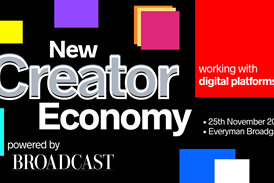
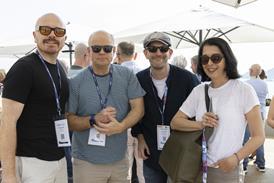


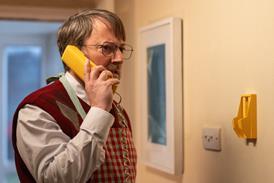
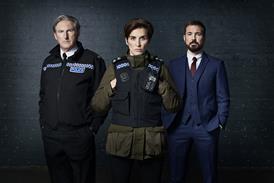

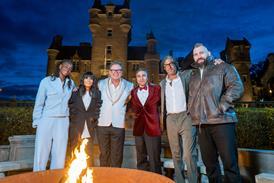
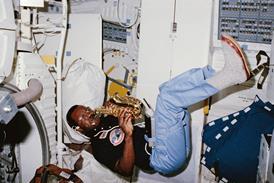
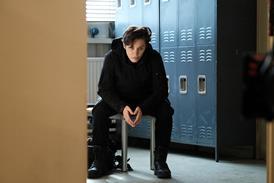

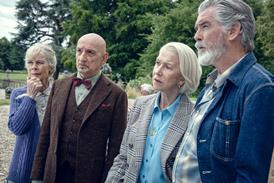





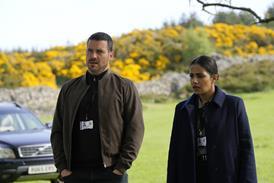
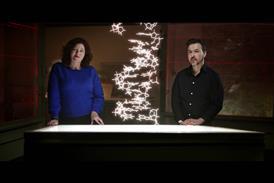
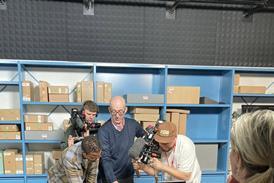



No comments yet